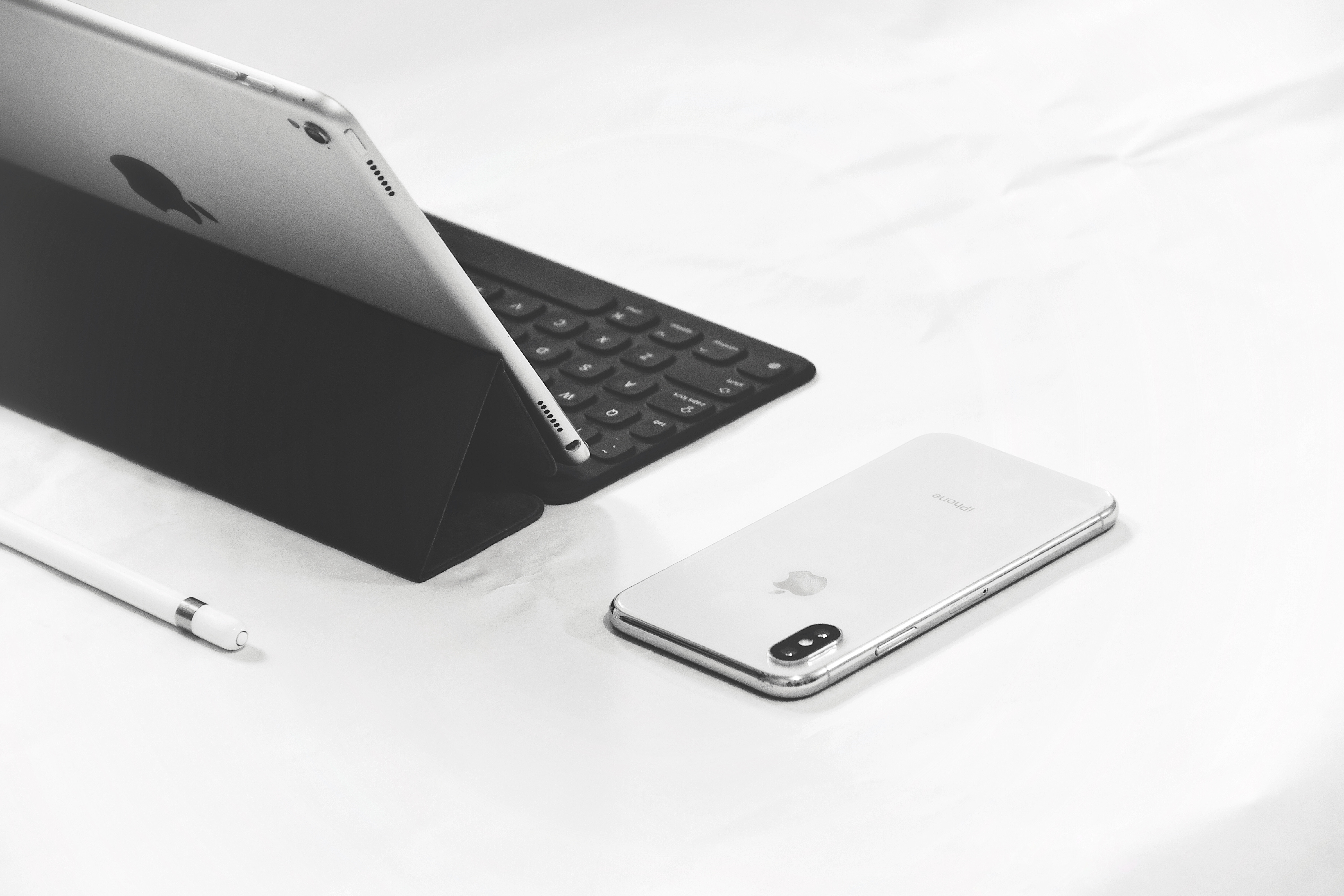With every new update to the latest iOS version, it is recommended to back up your iPhone (or iPad) data. This ensures that even if the system update fails, your data, such as holiday photos and contacts, are kept safe and can be restored at any time.
Even regardless of an iOS update, the iPhone should be backed up regularly; after all, these can also be restored on a new device if it is lost or stolen.
What backup methods are there?
Apple offers two different options for data backup: iCloud backup and iTunes backup. The big difference here is that the data is backed up on Apple servers (iCloud) and in the iTunes version on your home Mac or PC.
iCloud backup
The advantage of an iCloud backup is that the data is always encrypted and the backup can also be carried out via WiFi. However, it should be noted that only the first 5 GB are free - anything beyond that incurs monthly costs. Considering that the smallest iPhone 7 currently has 32 GB, the free iCloud version will not last very long.
Current iCloud prices can be found on this Apple-owned page.
iTunes backup
With iTunes, however, your data remains on your Mac or PC. These can also be encrypted, but this option is not activated by default. This is advisable if the device has sufficient free storage space. On a new MacBook Pro with a modern SSD hard drive, the entire storage space can be used up quite quickly. In such a case, we recommend using a cheaper, external hard drive. How to create a backup on macOS Catalina
Create iCloud backup
- Connect device to WiFi.
- Open “Settings” and select “My Name”. In this window, simply tap “iCloud”.
- Then tap on “iCloud Backup”. If iCloud Backup is not turned on, activate it first.
- In the last step, all you have to do is select “Create backup now” and then wait. The Wi-Fi should remain active during the backup process.
- To check whether the backup was successful, simply go through the following menu tree again: "Settings" > "Your name" > "iCloud" > "iCloud storage" > "Manage storage" and then select your own device. If the current backup is displayed here, the backup was successful.
Create iTunes Backup
- First, open iTunes on your Mac or PC.
- Connect iPhone via cable and wait until this appears.
- If the iPhone is connected to iTunes for the first time, the message "Trust this computer?" appears. Answer this question with "Yes", otherwise access between the two devices will not be possible. You may also be asked to enter the PIN code on the iPhone - this is also a security measure to prevent third parties from accessing the data.
- Then select the iPhone (or any other iOS device, such as an iPad) that is displayed in iTunes. In contrast to the automatically encrypted backup via iCloud, this function must first be activated manually, which we highly recommend. An encrypted data backup offers a decisive advantage: the health and activity data is retained.
- The last step is to perform the backup itself by clicking on “Create backup now”.
- The place where you can check whether a backup was successful is here: “Edit” (on a Mac this step is not necessary) > “Preferences” > “Devices”.





